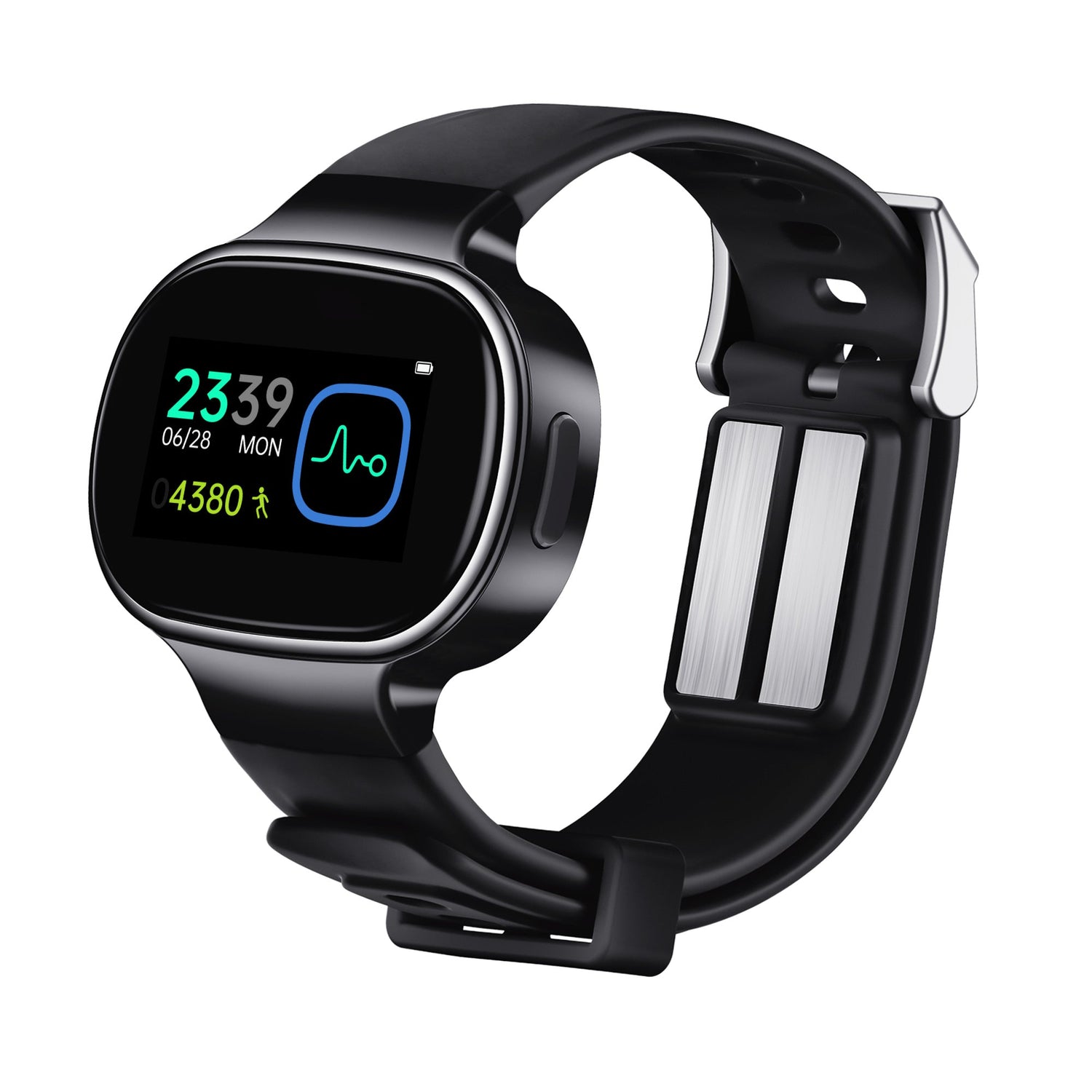Ever wondered why you feel nauseous when you're a passenger but perfectly fine when you're behind the wheel? You’re not alone. Many people experience motion sickness only as passengers — whether in a car, on a bus, or even in a plane — but rarely, if ever, as drivers. This curious difference reveals something deeper about how our autonomic nervous system handles motion and sensory conflict.
The Hidden Culprit: Autonomic Nervous System Dysregulation
Motion sickness is often rooted in a mismatch between what your eyes see and what your inner ear senses. However, how your body responds to that mismatch is closely tied to the autonomic nervous system (ANS) — the part of your nervous system that regulates involuntary functions like heart rate, digestion, and nausea.
People who suffer from autonomic nervous system dysregulation or heightened sensitivity often have more intense reactions to sensory conflicts. For example, if your parasympathetic system (which calms the body) is underactive, and the sympathetic system (which prepares for action) is overactive, your body may overreact to minor motion disturbances — leading to symptoms like nausea, sweating, dizziness, or vomiting.
One study published in Autonomic Neuroscience (Kozlowska et al., 2017) highlights that individuals with motion sensitivity often have abnormal autonomic reactivity, including delayed vagal recovery and poor autonomic balance under stress.
Why Drivers Feel Better Than Passengers
When you're driving, your brain is more engaged — you're predicting motion, controlling speed, and visually tracking the road. This active engagement helps stabilize the autonomic system and provides better synchronization between sensory inputs.
In contrast, passengers are passive. Your eyes may focus on a phone or the scenery while your inner ear senses motion. This conflict, without the cognitive engagement that drivers have, makes passengers much more vulnerable to motion sickness.
A Wearable Solution: How EmeTerm Relieves Motion Sickness
Enter EmeTerm, a clinically proven, drug-free wristband designed to relieve nausea and vomiting using Transcutaneous Electrical Acupoint Stimulation (TEAS). TEAS combines traditional Chinese acupressure with modern electrical stimulation, targeting the Neiguan (P6) acupoint — a spot on the inner wrist known for its anti-nausea benefits.
By delivering gentle, targeted pulses, EmeTerm stimulates the median nerve and modulates the vomiting center in the brainstem, helping regulate the autonomic nervous system and restore balance between the parasympathetic and sympathetic branches.

A study published in Neuromodulation (He et al., 2012) demonstrated that transcutaneous electrical stimulation at P6 activates key brainstem centers, including the nucleus tractus solitarius (NTS) and the locus coeruleus (LC) — areas deeply involved in autonomic nervous system regulation. This activation helps restore the balance between the sympathetic and parasympathetic systems, alleviating symptoms like nausea, dizziness, and cold sweats commonly seen in motion sickness.
These findings support the idea that TEAS is not merely a local nerve intervention, but a neuromodulatory therapy that engages central autonomic circuits — offering fast, drug-free relief from motion-induced discomfort.
Everyday Relief, Backed by Science
Whether you're heading on a summer road trip, commuting to work, or exploring the world via airplane or boat, EmeTerm provides a safe and convenient way to prevent motion sickness without the side effects of medication. It’s FDA-cleared and eligible for reimbursement through FSA/HSA in the United States.
So next time you feel the queasy wave of motion sickness coming on, remember: it’s not “just in your head.” It’s in your nervous system — and EmeTerm is here to help you get back in control.
References
1. Kozlowska, K., et al. (2017). Stress, distress and the disordered self: A psychobiological model of functional somatic symptoms in children and adolescents. Autonomic Neuroscience, 208, 49–55.
2. He, W., et al. (2012). Transcutaneous Electrical Stimulation at Neiguan (P6) Modulates the Autonomic Nervous System via NTS and Locus Coeruleus Activation. Neuromodulation, 15(4), 312–319.
4. www.watmedical.com

